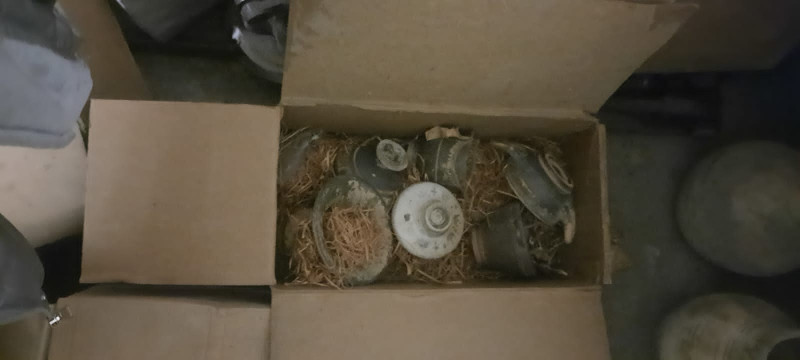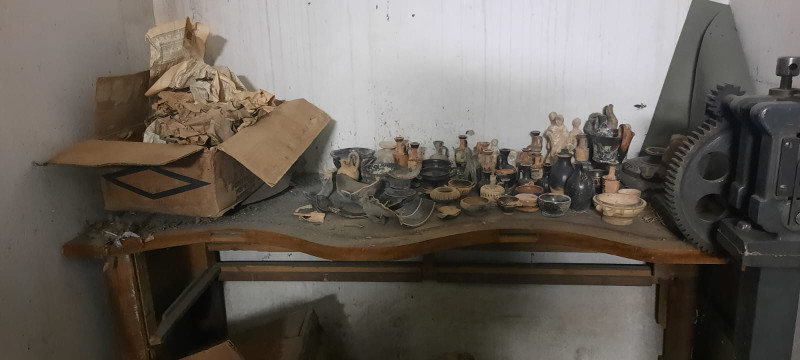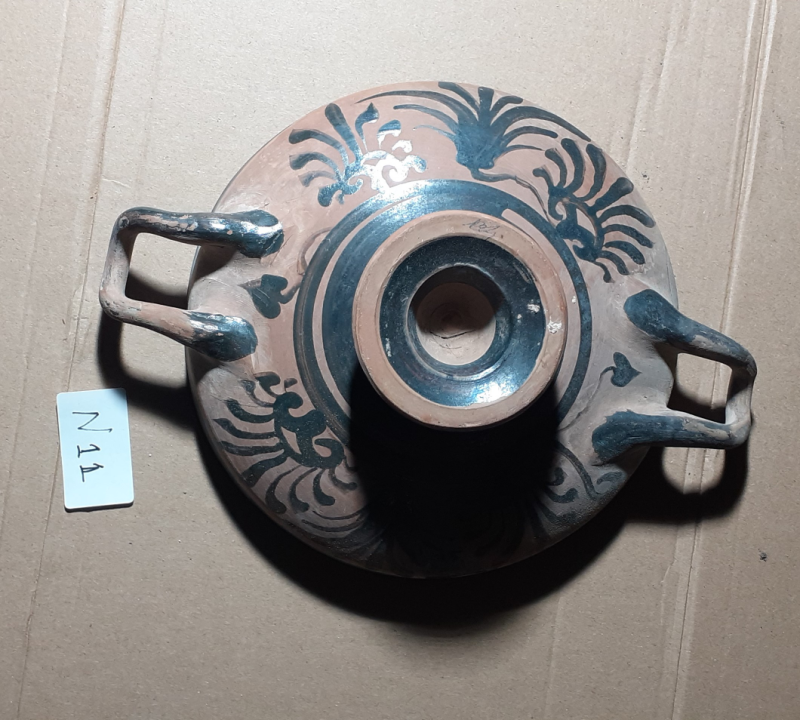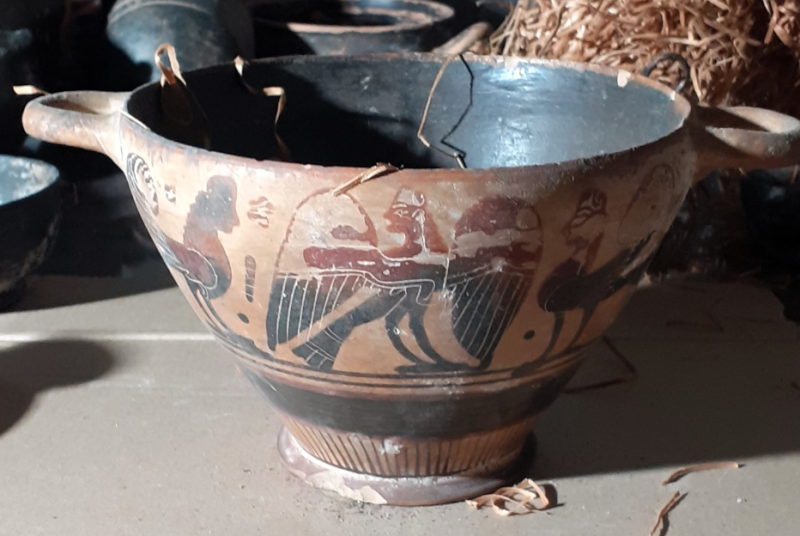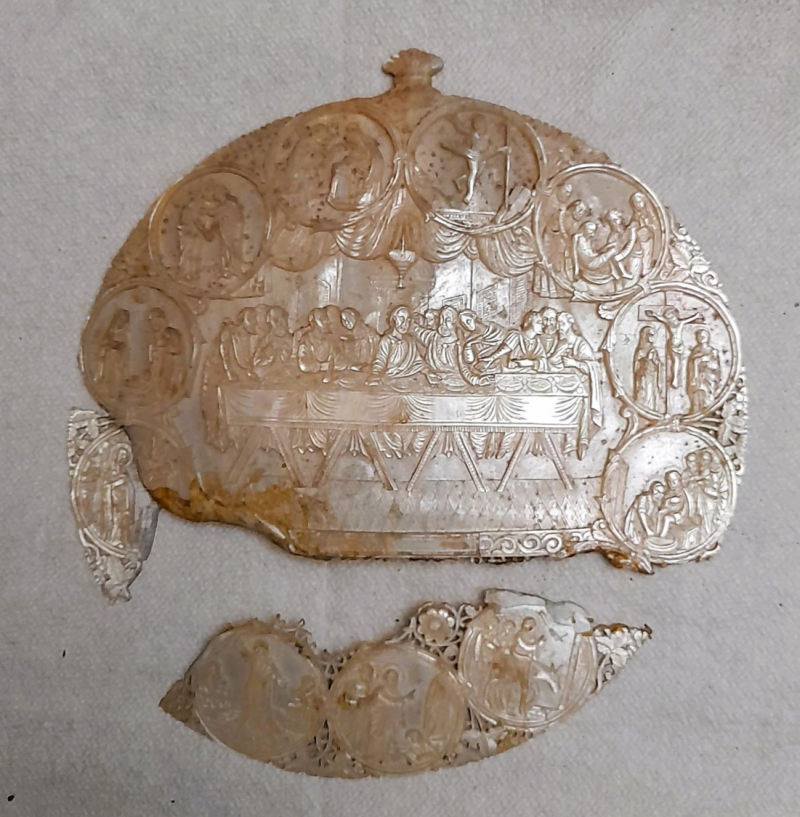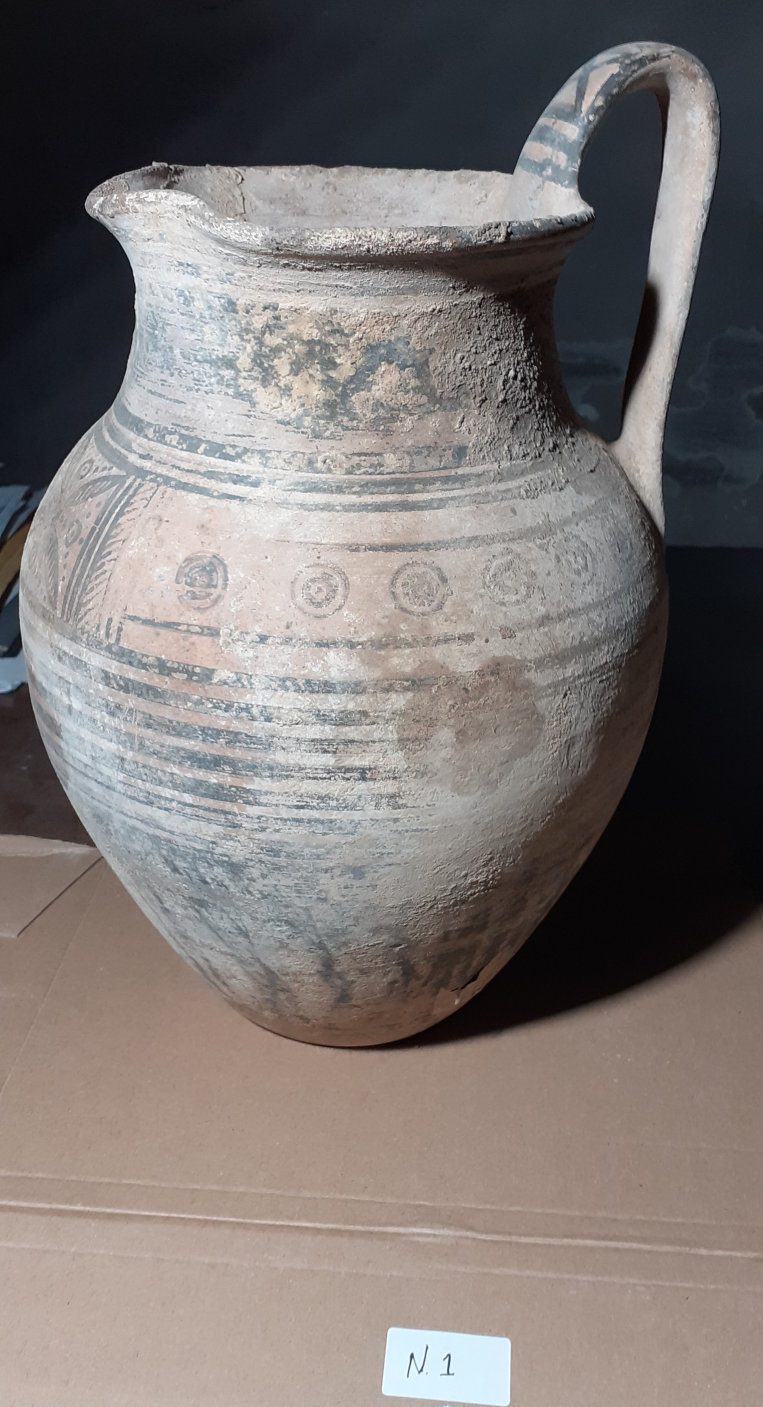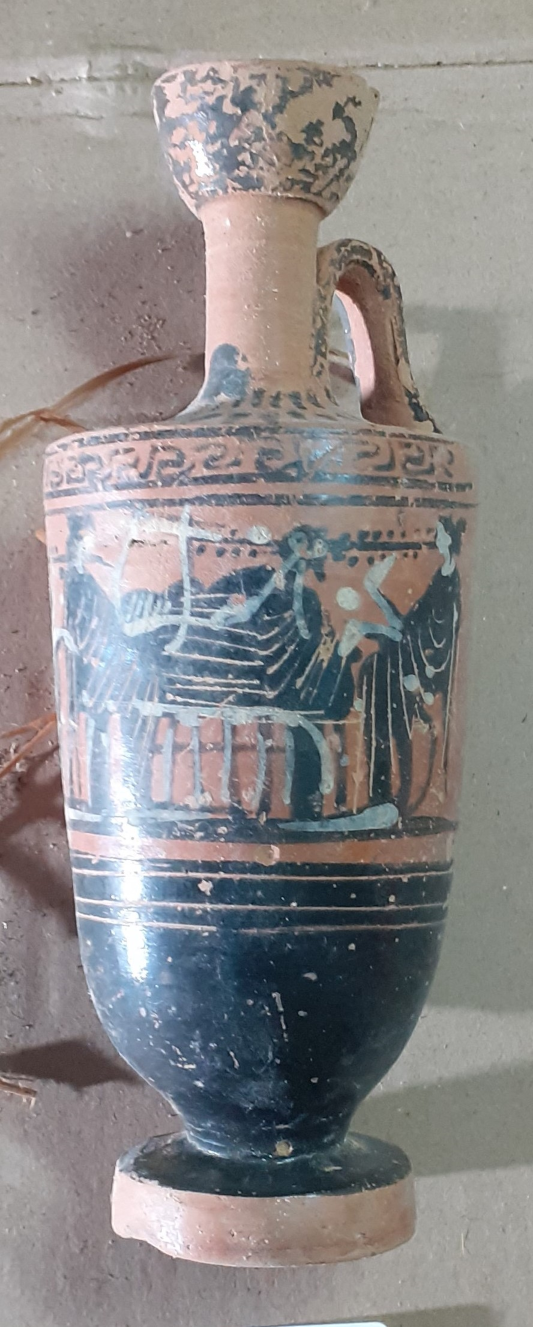They were found in a shop managed by the National Gallery, in the Mansion of the Bequest of Alexandros Soutsos
Ancient objects dating from the Geometric times (1100-750 BC) to the Hellenistic times (up to 31 BC) were located in a shop managed by the National Gallery, in the Mansion of the Bequest of Alexandros Soutsos, at 33 Stadiou Street and Pesmazoglou 3, in Athens. The antiquities.
The Minister of Culture, Lina Mendonistated: “The protection of cultural assets is a statutory obligation of the Ministry of Culture and one of the main priorities of our policy. In addition to the repatriation of cultural goods illegally exported from our country – the result of our systematic cooperation with cultural bodies and entities abroad or voluntary deliveries by cultural organizations or individual individuals from abroad – there are also cases of illegal activity of acquiring goods within us. One such case was found in the heart of Athens. A multitude of ancient coins, objects, ancient and ecclesiastical, dating from ancient to modern times were located in a building managed by the National Gallery. The preparedness and cooperation between the authorized bodies of the State and the assistance of the police and judicial authorities, where deemed necessary, are the keys that ensure the protection of our cultural heritage. The documentation and study of every new cultural asset that is found is essential to the preservation of our past and the understanding of ancient societies.”
During the discovery of the ancient objects in February 2024, the competent representative of the National Gallery – Museum of Alexandros Soutsos (EPMAS) immediately informed the Ministry of Culture about the findings. Archaeologists from the Directorate of Documentation and Protection of Cultural Property (DTPPA) and the Numismatic Museum performed an autopsy on the site. 102 ancient objects dating from the Geometric to Hellenistic times were identified and recorded (cycles, kanthars, basins, lykyths, skyphos, figurines, etc.), 36 objects of a religious nature from post-Byzantine times (icons, silver inlays, priestly rod and other ecclesiastical objects ), as well as 3,247 coins, medals, seal stones, stathmia, lead ingots dating from ancient to modern times.
Almost all of the ancient objects were located in an inaccessible underground space, accessible through a hatch in the ground floor. They were found packed in old cardboard boxes and some of them were wrapped in newspapers from the 1940s, when the property was first leased, in order to function as a store selling all kinds of jewelry, watches, works of art and everything related.
The objects were transferred for safekeeping to the storage areas of the Ephorate of the City of Athens and the Numismatic Museum, until the investigation of the case by the competent prosecutorial authorities is completed. After their conservation, they will be the subject of an examination by a special scientific committee, based on the opinion of the Central Archaeological Council, which will decide on their monetary value.
Source :Skai
I am Frederick Tuttle, who works in 247 News Agency as an author and mostly cover entertainment news. I have worked in this industry for 10 years and have gained a lot of experience. I am a very hard worker and always strive to get the best out of my work. I am also very passionate about my work and always try to keep up with the latest news and trends.


